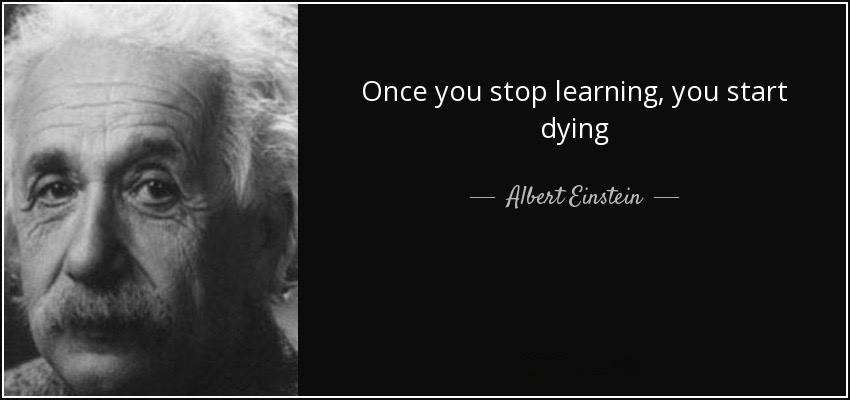Have you ever heard of Quantum Computing? Usually you already turn away when you hear anything with “quantum” such as quantum physics?
Don’t do it now, I promise it will be rewarding!
For example, did you know that one quantum computer can have the same processing power as all computers in this world combined?
First of all, what is quantum computing?
Quantum Computing is a machine that performs calculations on a subatomic level. The two huge differences to classical computing are the following:
1) Two states vs infinite States:
Classic computing ultimately boils down to having two states that must be processed, 0(false) and 1(true).Quantum computing has three states and besides 0 and 1 it also has a superstate being both, 1 and 0, and it can take on infinite numbers between 0 and 1. Meaning we increase our basic computing power from processing only 0s and 1s to to process an infinite number between 0 and 1 enabling computing power that surpasses all our current imaginations.
2) Sequence vs Parallelcomputing:
Traditional processors are increasing computing power every year, meaning that the states of 0s and 1s can change faster but computations are still performed in sequence, meaning one after each other. Quantum computers are able to perform calculations in parallel, increasing their capacities further.
Alright, we established now that Quantum computing is powerful; Now, where can it be used and what can it yield? Actually in any scenario in which one state is depending on high number of factors.
2 examples:
Artificial Intelligence
As Artificial Intelligence is not magic but simply math and statistics, it requires massive amounts of computing power. The algorithms have been existing since the 50’s but now quantum computing will provide the computing power to now make use of the full potential of this technology. For instance, Stock market predictions will be more accurate than ever before as all possible scenarios can be mathematically considered.
Traffic jams
As urban traffic jams have an enormous number of factors underlying each of them, for most contemporary intelligent agents (AI’s), all scenarios cannot be considered as we are limited in our computing power, even though the Graphical Processing Unit (GPU) of Nvidia graphic cards did achieve new performance heights. With quantum computing, all scenarios may be considered and traffic jams could be predicted 45 minutes before they are even created.
Now, how soon will they arrive?
Maybe sooner than you think. By the end of this year, Google plans to announce the world’s first 49qbit chip and Intel and IBM are both heavily investing in this field. The war for the first commercial quantum computing chip is on.
I believe that it could result in a new computing evolution. What is your opinion about this?
Let me know in the comments.
References:
https://futurism.com/quantum-computing-change-sooner-than-expect/ Accessed 14th October 2017
http://www.wired.co.uk/article/quantum-computing-explained / Accessed 14th October 2017
http://www.research.ibm.com/ibm-q/learn/what-is-quantum-computing/ Accessed 14th October 2017
http://whatis.techtarget.com/definition/quantum-computing /Accessed 14th October 2017
https://www.newscientist.com/article/2138373-google-on-track-for-quantum-computer-breakthrough-by-end-of-2017/ /Accessed 14th October 2017

![Technology of the Week – Platforms disrupting the housing market[Group 49]](https://digitalstrategy.rsm.nl/wp-content/uploads/2017/10/realestate-1200x900.jpeg)


